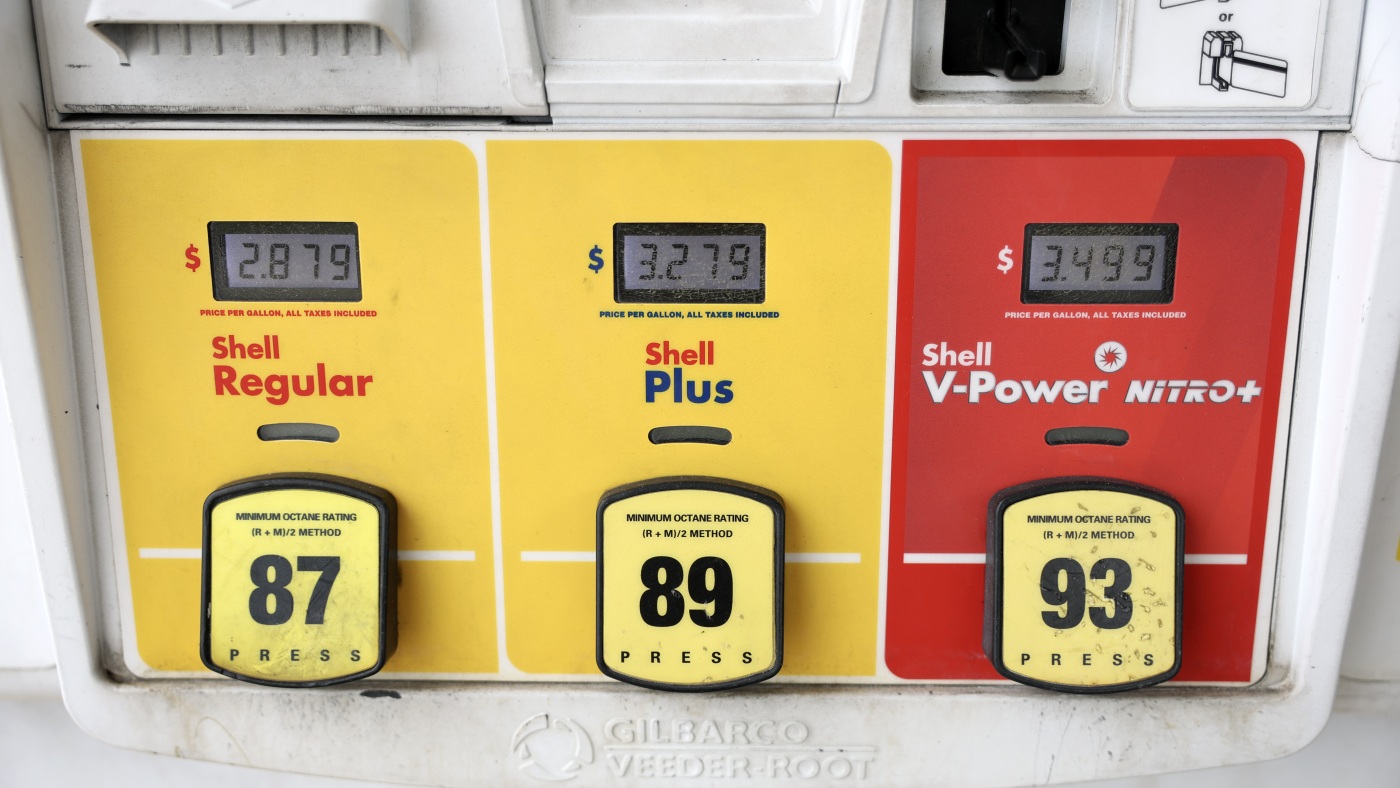Exploring the Economic Impact of Trump’s Trade Policies on Inflation and Beyond
When examining tariffs as a tool of economic policy, the story is rarely straightforward. President Donald Trump’s approach to trade, characterized by imposing tariffs on numerous imports, has sparked intense debate about how these measures influence inflation, consumer prices, and broader economic health. Dissecting these effects demands a careful look at recent inflation trends, the delayed nature of tariff impacts, and broader economic implications that extend far beyond sticker prices on store shelves.
Inflation Trends: A Surprising Stability Amidst Tariffs
At first glance, recent data offers a nuanced narrative. Despite the introduction of sweeping tariffs starting in early 2025, U.S. inflation has remained relatively steady. For example, consumer prices in May rose by about 2.4% compared to the previous year, a figure that points to moderation rather than runaway inflation. Core inflation rates, which strip out volatile items like food and energy, hint at a similar leveling off.
Some product categories such as appliances and toys have shown noticeable price increases, likely reflecting tariff costs. Yet, the broader landscape of goods prices remains cautious, keeping many economists intrigued. This stability suggests that tariffs have not instantaneously translated into widespread consumer price hikes, defying some early predictions that expected immediate inflationary shocks from these import taxes.
The Slow Burn: Delayed Effects of Tariffs on the Economy
Tariffs don’t work instantaneously—they ripple through the economy gradually. Global supply chains, complex pricing mechanisms, and varied stages of production act as buffers that slow the pass-through of tariff costs into final consumer prices. Such complexities mean that tariffs recently imposed may not have fully worked their way into the cost structure of all goods and services just yet.
Looking ahead, economic analysts anticipate that the real inflationary pressures triggered by tariffs will become more apparent in the mid to late months of 2025. Sectors heavily dependent on imported components are expected to feel these pressures more acutely, adding weight to the argument that patience is needed before assigning full inflationary impact to current tariff policies.
Beyond Prices: Broader Economic Consequences
While inflation captures immediate consumer experience with tariffs, their impact on the economy unravels in multiple dimensions. Economic models, such as those from the Penn Wharton Budget Model, forecast striking numbers: tariffs might trim GDP by 8% and reduce wages by 7% by 2025. These projections are a stark reminder that tariff policies come with substantial trade-offs.
Translating these numbers to everyday life, middle-income households may face lifetime losses averaging $58,000, underscoring that tariffs impose a hidden cost far beyond merely paying higher prices at the checkout. The average U.S. household could also be shouldering an extra tax burden close to $1,200, amplifying the financial strain felt across the nation and highlighting the tangible weight of these policies on household budgets.
Debating Inflation’s Path: Contrasting Perspectives
Economists remain divided on how much tariffs have influenced inflation so far. While it’s widely acknowledged that tariffs introduce inflationary pressures, the current low and relatively stable inflation rates suggest the price shocks remain subdued or are being mitigated. Businesses may be absorbing some increased costs temporarily or altering supply chains to avoid passing the full brunt of tariffs onto consumers immediately.
Yet, the consensus is slowly shifting toward expecting inflation to rise as firms eventually adjust their pricing to reflect increased import costs. Inflation forecasts are adjusting accordingly, predicting an increase to about 3.9% by the close of 2025, largely driven by tariffs pushing up prices on imported goods.
Navigating Market and Policy Terrain Amid Tariffs
Tariffs do not exist in an economic vacuum; they influence and are influenced by a wider ecosystem of legal, market, and policy dynamics. Some tariff measures have faced court challenges, with objections raised over their legality and economic rationale. This judicial scrutiny adds layers of uncertainty to the future of trade policy.
Consumer behavior also reflects this uncertainty. Rising prices and inflation expectations appear to be tempering spending, despite income growth. This dampening of consumer spending could slow overall economic expansion, illustrating how tariffs contribute not just to costs but to changed economic dynamics.
Policy makers, particularly the Federal Reserve, are monitoring these pressure points with caution. In balancing interest rate decisions, they must weigh the dual objectives of supporting growth while preventing inflation from escalating in a trade policy context complicated by tariffs.
Final Thoughts: Balancing the Scales of Trade and Economy
The economic journey of Trump’s tariffs tells a story of delayed effects and complex trade-offs. Inflation has held steady for the moment, complicating early predictions of immediate price surges. However, evidence points toward a gradual rise in inflation as tariff impacts fully permeate the economy in the coming months.
More profound than inflation alone are the risks tariffs pose to economic growth, wages, and household financial security. These losses paint a picture of tariffs as more than fiscal tools—they represent economic experiments with far-reaching consequences that extend beyond the price tags consumers see.
Understanding the full story requires ongoing analysis and a nuanced perspective on the interplay between trade policy and economic health. As these policies evolve, so too must our approach to balancing the protective instincts of tariffs with the imperative of maintaining a stable, thriving economy. This balancing act will continue to shape U.S. economic and trade landscapes well into the future.

